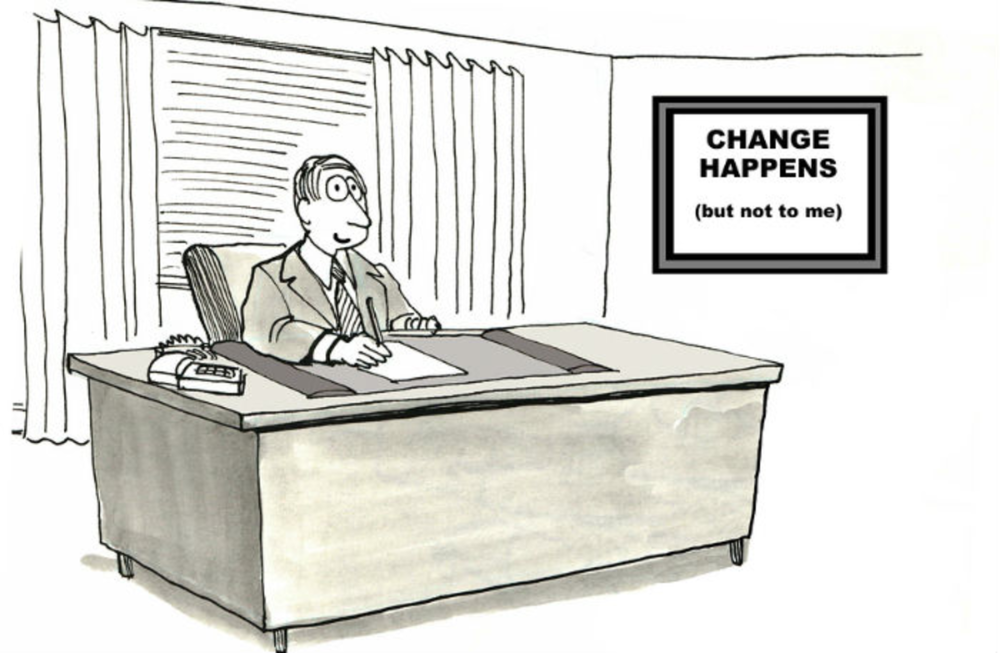Too often bad habits are the hardest patterns to change. But when marketers engage in bad marketing habits they can hinder their own performance, as well as negatively impact the brand they work on and its business performance. So, it’s essential for marketing leaders to put a stop to their teams’ bad habits—and fast.
“I don’t think we keep these habits because [marketers] are resistant to change,” says Michelle Bottomley, chief marketing and sales officer at human resources consulting firm Mercer. “I just don’t think we’ve had the right perspective to truly make a difference in making more positive changes to the business.” She notes that marketers are generally so focused on their connection to generating revenue that bad habits form related to a singular focus on the bottom line, rather than on consumers and colleagues in other departments.
Carrie Pryor, a managing director at executive recruiting firm Greenwich Harbor Partners, agrees that marketers aren’t necessarily resistant to change and says that bad habits often linger because marketing teams respond differently to change—a situation marketers find themselves in continuously in today’s fast-paced business environment. “A lot of change is good. The most successful marketing campaigns…stay ahead of the curve by chucking old, bad habits and embracing change,” Pryor says. “Some legacy brands actually pride themselves in keeping things the same. But that’s the outlier, and you can’t get fooled by them because, in the meantime, other brands are aggressive—and successful—with change.”
What bad habits are marketers hanging on to that they need to let go of as they embrace the changes needed to succeed today?
“There are some preexisting habits and behaviors marketers have that require a rethink,” Bottomley says. She cites as examples, being too internally focused rather than customer focused and communication habits that encourage silos within a company. “We should step back and take a look at whether these habits are really serving us.”
Michael Nevins, VP of global marketing at Spongecell, a creative management platform provider, says there are two bad habits that marketers should toss—immediately.
“The first is using the same tool for every job,” Nevins says. “Personalization is crucial to creating relevance and connecting with consumers in a meaningful way.” But, he adds, those meaningful connections only happen using the right tools that deliver and then organize customer data. “Use customer data and brand content whenever possible to personalize messaging,” he says. “It’ll get you maximum impact.” He says, for instance, that marketers can leverage a variety of solutions to micro-target audiences with customized messaging, rather than sending one message that resonates with solely one audience. “A message promoting snow boots, for example, is the wrong tool for the job of connecting with consumers in warm climates.”
Nevins says a second bad habit is placing too much focus on one big idea, rather than finding small impactful moments and opportunities that marketers can optimize. “Reputation and consumer relationships are built over time. For most marketing budgets, not every moment can be a Super Bowl moment,” he says. “Consider where you can nurture your audience, and tell a longer story over time through multiple touchpoints.”
Ted Pryor, also a managing director at Greenwich Harbor Partners, identifies one prolific belief among marketers that he insists is unproductive and materializes as a bad habit: a singular focus on customer acquisition. “Stop believing that only new customers matter,” he says. “Marketers are in the habit of focusing more on acquiring new customers, but they need to spend more time keeping the customers they have. It seems to me that fewer organizations spend the marketing dollars they need on [retention].”
Another major faux pas is the idea that traditional marketing methods and tools are no longer useful, Carrie Pryor points out. “Whether it’s print, television, radio, that’s just simply not true,” she says. “Marketers need to utilize those media in a more efficient manner. We need better, more attention-grabbing media that rises above the digital noise. What we’re seeing right now in the direct mail industry and the [U.S.] Postal Service is tremendous change. Marketers have to continue to evolve and use all resources, including the traditional ones.”
Change is good
Although it’s common to focus on what not to do, Bottomley says concentrating on good habits will help weed out the bad ones. “Those marketers who are leaders and in the C-suite need to keep up with modern techniques and tools. That’s a good habit that’ll set the right systems and practices in place,” she says. “Unfortunately, these leaders aren’t as versed as on modern marketing as they need to be. But the more marketers understand the role of data and digital in driving results, the more that partnership will work effectively.”
When it comes to some positive action steps, Ted Pryor gives this straightforward advice: “Keep up the creativity. Engage people. Creative content matters. If you’re supplying people with content and information that they enjoy getting, they need, or are interested in, then that’s when you can engage them.”








